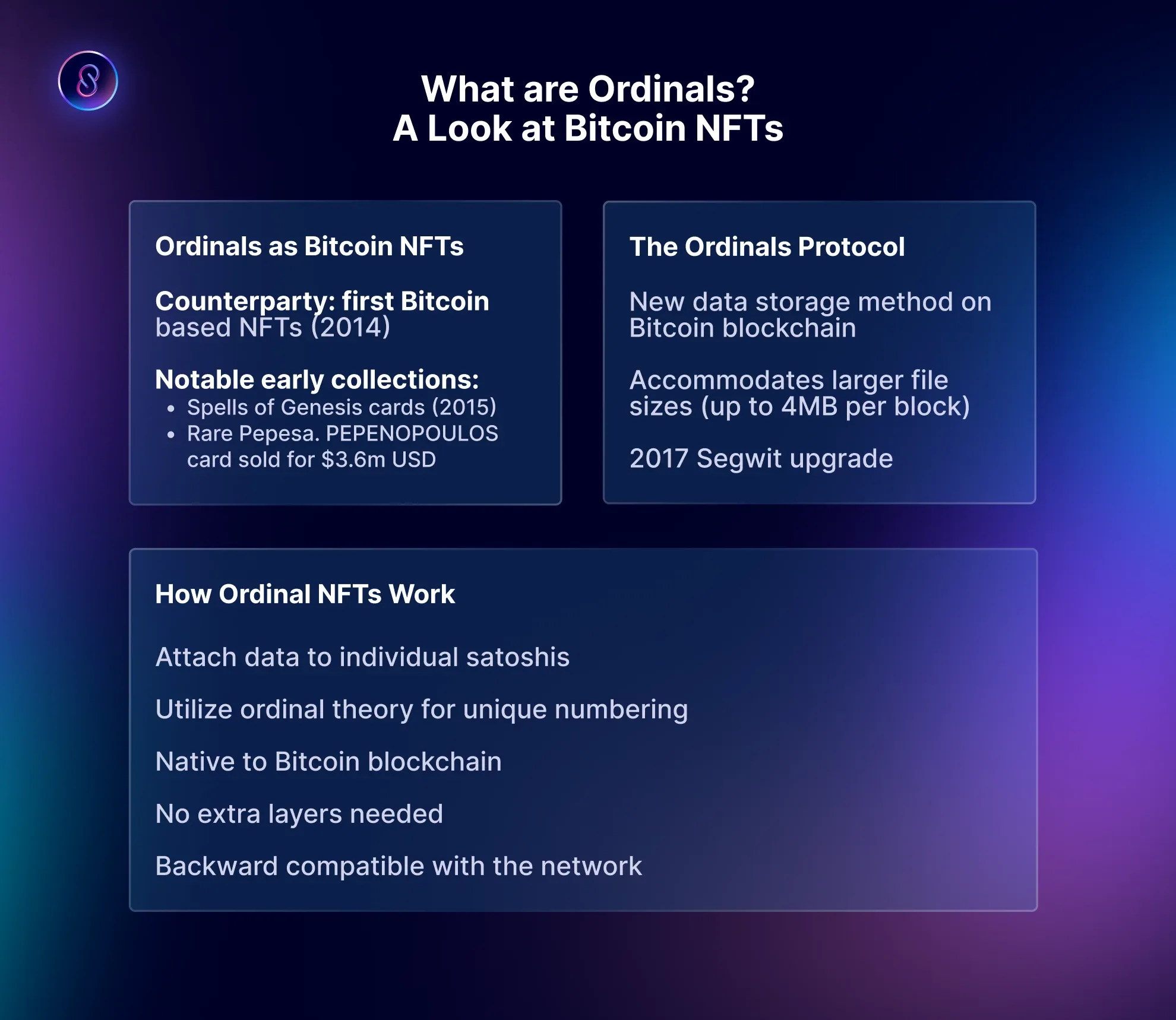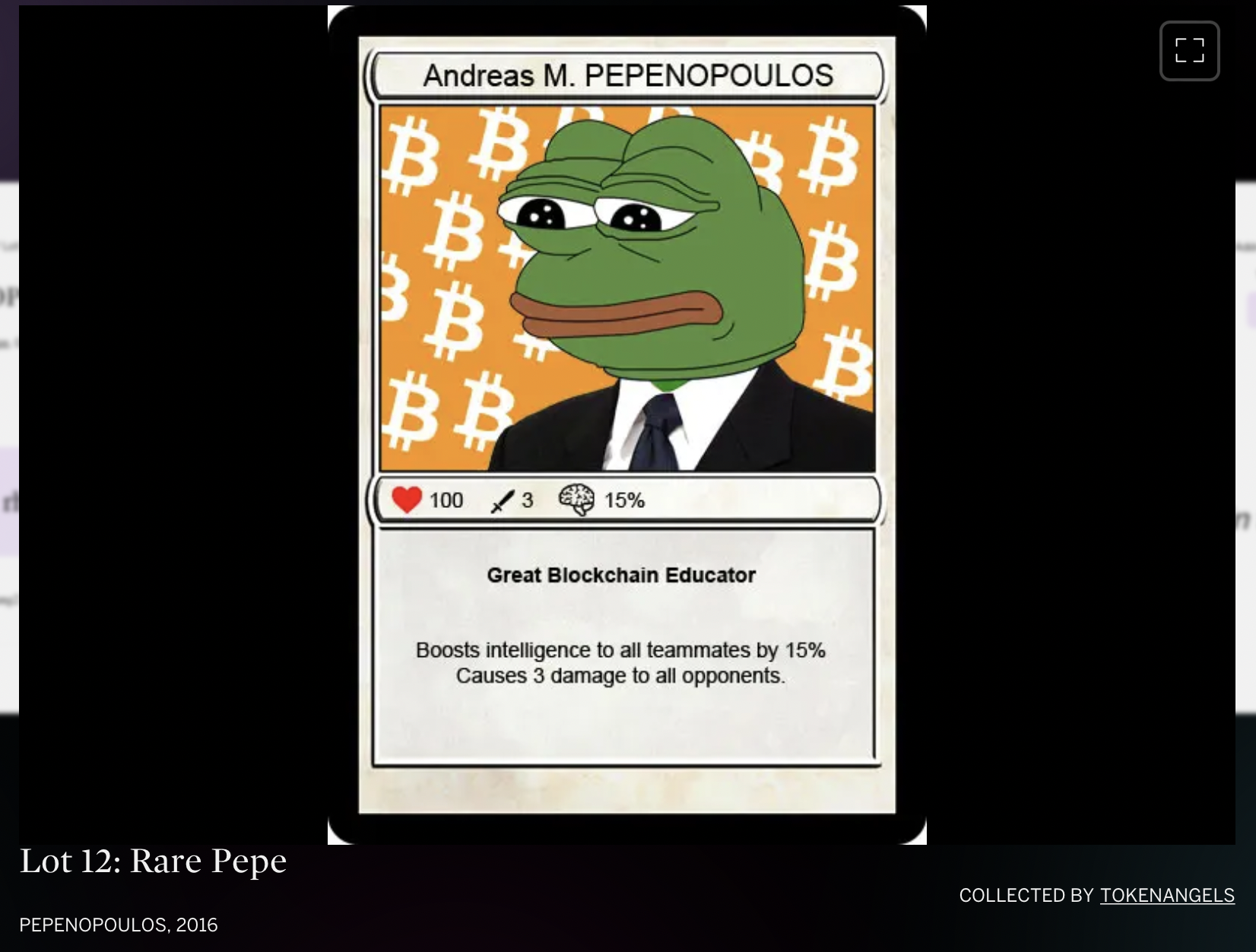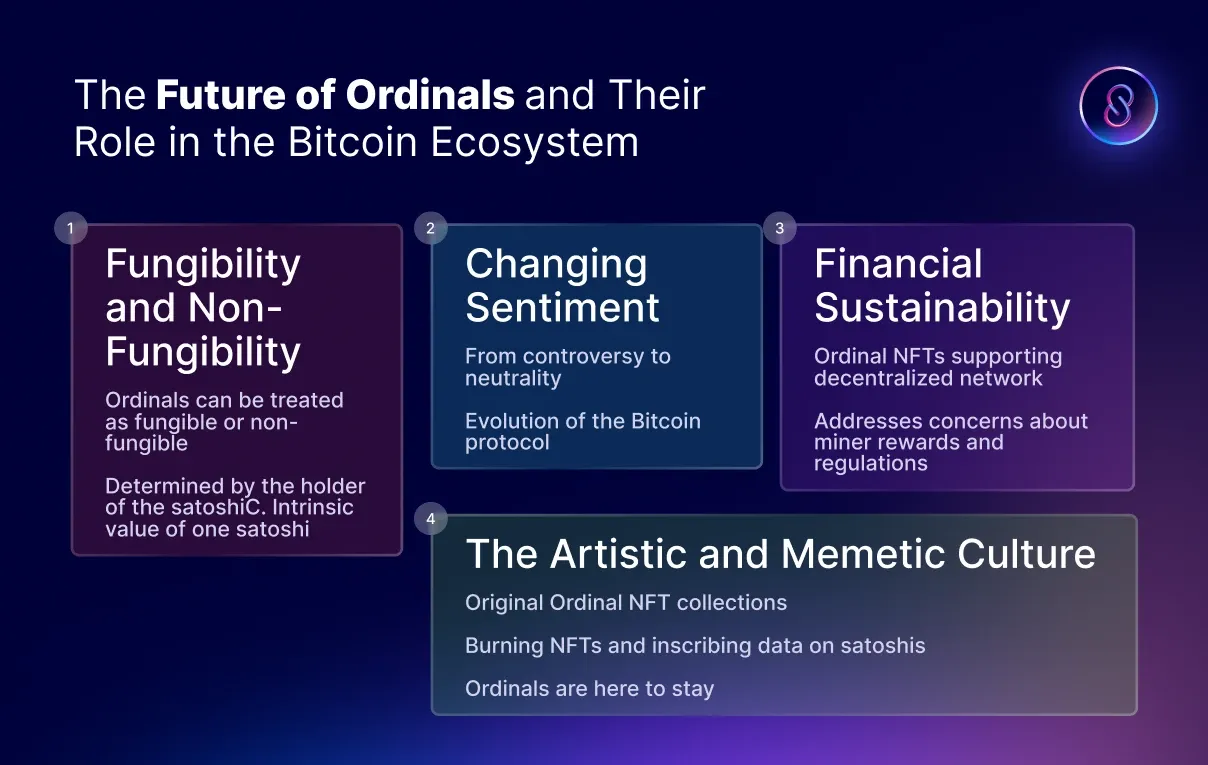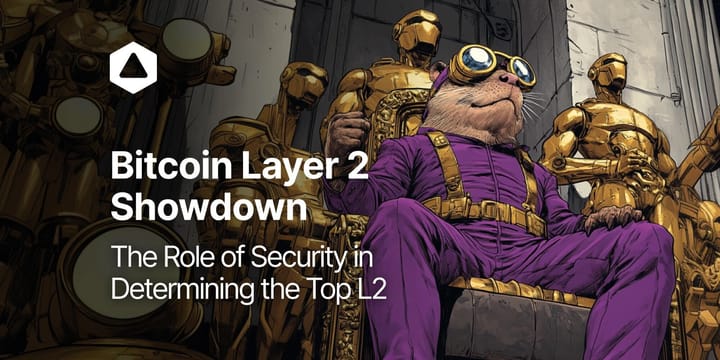Let's Talk About Ordinals
If you've been paying attention to crypto news lately, you've probably heard about Ordinals. From an outsider's perspective, the Ordinals protocol, launched by software engineer Casey Rodarmor on January 21, is a seemingly innocent bit of coding that allows NFTs on the Bitcoin blockchain.

If you've been paying attention to crypto news lately, you've probably heard about Ordinals. From an outsider's perspective, the Ordinals protocol, launched by software engineer Casey Rodarmor on January 21, is a seemingly innocent bit of coding that allows NFTs on the Bitcoin blockchain.
However, in the first few weeks since the protocol release, Ordinals became a topic of intense debate within the Bitcoin community, with purists arguing that Ordinals are financially, environmentally, and ideologically dangerous and even threaten the very future of Bitcoin. Others in the Bitcoin community have embraced the concept, arguing that Ordinals are no more environmentally damaging than regular Bitcoin transactions and create more sustainable financial incentives for Bitcoin miners, especially as block rewards from mining continue to get reduced.
Speculative and narrative-based traders have silently weighed in on the Ordinals debate via purchasing power, and the past few months have seen spectacular volume in these 'digital artifacts.' In fact, February hit an all-time high for Bitcoin average block size, surpassing 2MB for the very first time, and Bitcoin miners made over $600,000 in Ordinals transaction fees.
But what are Ordinals, exactly?

In the simplest distillation, Ordinals are Bitcoin NFTs. However, this is hardly the first time Non-Fungible Tokens have been attempted on the Bitcoin blockchain--Counterparty, a protocol built on Bitcoin, saw the first Bitcoin-based NFTs way back in 2014. Two particular collections from that era continue to see relevant trading activity to this day: Spells of Genesis cards (2015) which are assets that belong to an eponymous digital trading card game, and Rare Pepes, a meme-based collection that made international news in October 2021 when its "PEPENOPOULOS" card was auctioned off at Sotheby's for $3.6m USD.

So what makes Ordinals different from these previous collections?
The Ordinals protocol is a new way of storing data on the Bitcoin blockchain, which is more accommodating to storing larger file sizes than before (up to 4MB per block), thanks to the 2017 Segwit upgrade.
Ordinal NFTs are created by attaching data, such as images and videos, to individual satoshis (the smallest denomination of Bitcoin, equal to one hundred millionth of a single Bitcoin) on the Bitcoin blockchain. The name Ordinal comes from the fact that this method uses a logical ordering system called ordinal theory to give individual satoshi a unique number. Unlike previous Bitcoin NFTs, Ordinals are completely native to the Bitcoin blockchain; they don't require any extra layers. Furthermore, they work without any changes to the Bitcoin protocol and are backward compatible with the network.
Another interesting thing about Ordinals is that they can be treated as both fungible (replicable) or non-fungible (unique), as the Bitcoin protocol does not formally determine any functional differences between satoshis. One satoshi is always treated as one satoshi on the Bitcoin blockchain. Therefore an Ordinal's usage as a piece of art or memorabilia is entirely up to the person who holds that particular satoshi. If the holder decides, for example, that s/he wants to use an Ordinal NFT as a regular satoshi, they can.
This is obviously a huge difference from how NFTs are valued in other blockchain ecosystems. With standard NFTs, the NFT holds no intrinsic value as liquidity is never guaranteed. Since Ordinals are attached ('inscribed') to individual satoshis, no matter the demand or artistic value of the Ordinal NFT, it will always be worth one satoshi.
The Future of Ordinals

Although the initial controversy around Ordinals largely revolved around the Bitcoin community's attitude towards NFTs, the sentiment has slowly shifted to a more neutral one. Although it's hard to say what Satoshi Nakamoto (the anonymous creator of Bitcoin) would say about Ordinals, it seems safe to conclude that he would be excited to see the evolution of the Bitcoin protocol in becoming a more financially sustainable model.
One thing is for sure, Ordinal NFTs activity has alleviated many concerns about the Bitcoin network continuing to exist in a decentralized manner as miner rewards become less of a financial incentive and restrictive government regulations loom on the horizon.
In addition to original Ordinal NFT collections being created, some people are burning their NFTs on other blockchains by sending them to irretrievable wallets (a practice called 'blackholing') and inscribing the data on satoshis. However the artistic and memetic culture in the Bitcoin and NFT communities continue evolve in the future, it seems that Ordinals are here to stay.

Connect with InfinitySwap
Bitfinity Wallet |AMM | Twitter | Website | Telegram | Discord | Github






Comments ()